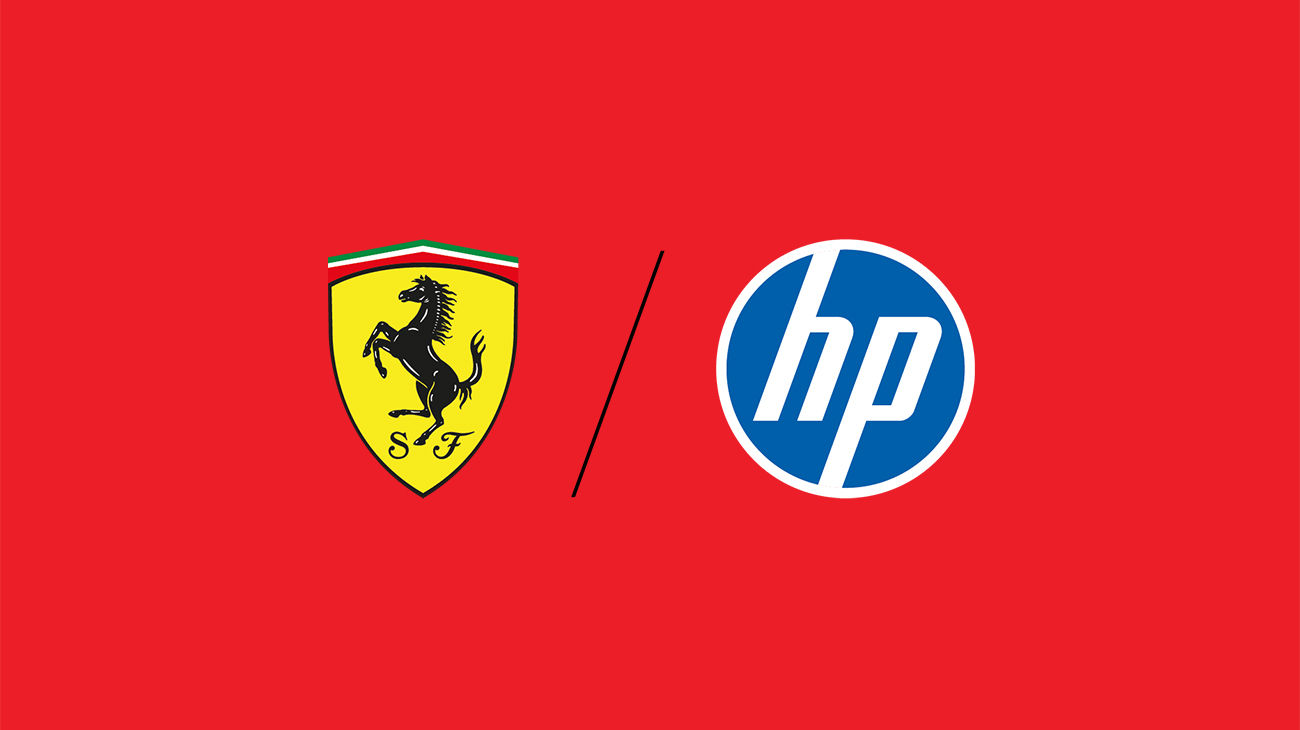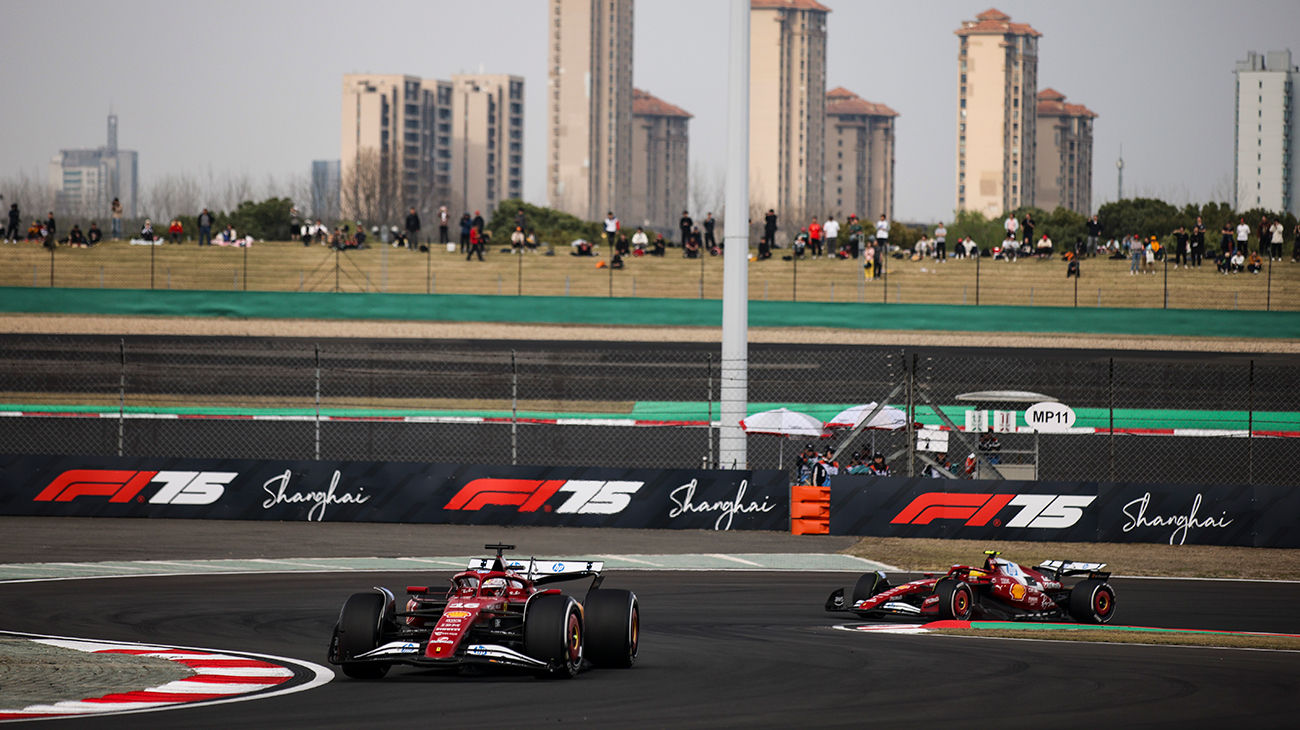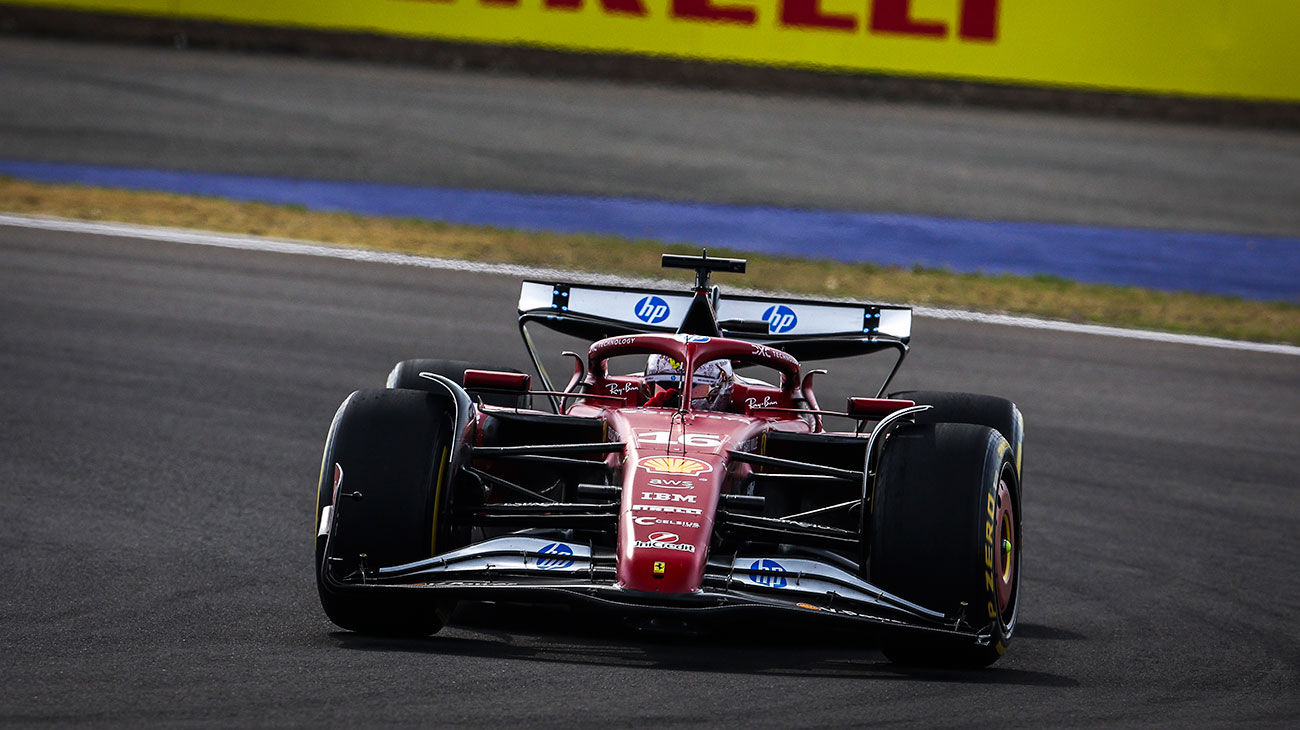


2025 RACE REVIEW
Following the FIA post-race scrutineering both our cars were found not to conform to the regulations for different reasons.
Car 16 was found to be underweight by 1 kg and car 44’s rearward skid wear was found to be 0.5mm below the limit.
Charles was on a one-stop strategy today and this meant his tyre wear was very high, causing the car to be underweight.
With regard to Lewis’ skid wear, we misjudged the consumption by a small margin.
There was no intention to gain any advantage.
Clearly it’s not the way we wanted to end our Chinese GP weekend, neither for ourselves, nor for our fans whose support for us is unwavering.
Scuderia Ferrari HP leaves China with 30 points, the second highest team score of the weekend, although well aware that there is plenty of work to do to close the gap to the leaders.
After a win for Lewis Hamilton and a fifth place for Charles Leclerc in yesterday’s Sprint race, the Monegasque finished in the same position today, one spot ahead of his team-mate. They both did their best, but the SF-25’s pace, in Leclerc’s slowed with a damaged front wing was not capable of delivering more.
- CHARLES LECLERC
- Race ResultDQ
- Fastest Lap1:36.157
- Pit Stop22.151s
- Race Time1:31:18.237
- Gap from leader+23.211s
- LEWIS HAMILTON
- Race ResultDQ
- Fastest Lap1:35.069
- Pit Stop22.364s
- Race Time1:31:20.407
- Gap from leader+25.381s

#Lewis44
#Charles16
#Lewis44
#Charles16







- LocationShanghai
- First GP2004
- Circuit length5.451 km
- Race Distance305.066 km
- Laps56
- Lap Record1:32.238Michael Schumacher (2004)

a new generation of circuit
The Shanghai International Circuit has hosted every edition of the Chinese Grand Prix. It’s one of the new generation of circuits, designed by Hermann Tilke and is 5.451 kilometres in length. It features a mix of high-speed and right angle corners, as well as some out and out hairpins, which compel the driver to brake hard, increasing the number of passing opportunities. The hardest compromise to get right is the balance between aero downforce and top speed. Going too far either way can end up with the car struggling to stay on track or being too slow down the straights. Tyre wear is also a key factor here. Scuderia Ferrari won the maiden Chinese race, in 2004, courtesy of Rubens Barrichello, obtaining three further victories, with Michael Schumacher, Kimi Raikkonen and Fernando Alonso.

Leading onto a straight that’s over a kilometre long, getting through it well is vital to carry speed down the aforementioned straight and to fend off anyone attempting a DRS-enabled attack.

It’s tricky, because it’s a shallow but quick turn and leads on to a section where DRS can be used. The pit lane entrance is another place where it’s easy to make a mistake, which Lewis Hamilton can attest to, after he got stuck in the gravel, which put Raikkonen back in the 2007 title fight.

- 4RACE WINS
- 2POLE POSITIONS
- 2FASTEST LAPS
- 13PODIUMS

| year | driver | model |
|---|---|---|
2004 | Barrichello | F2004 |
2006 | Schumacher | 248 F1 |
2007 | Raikkonen | F2007 |
2013 | Alonso | F138 |

- GP REVIEW
- Drivers
- race day
- Qualifying
- Sprint
- Sprint quali
- Practice sessions
- Circuit info
- Shanghai International Circuit
- Hall of Fame
- MEDIA GALLERY



